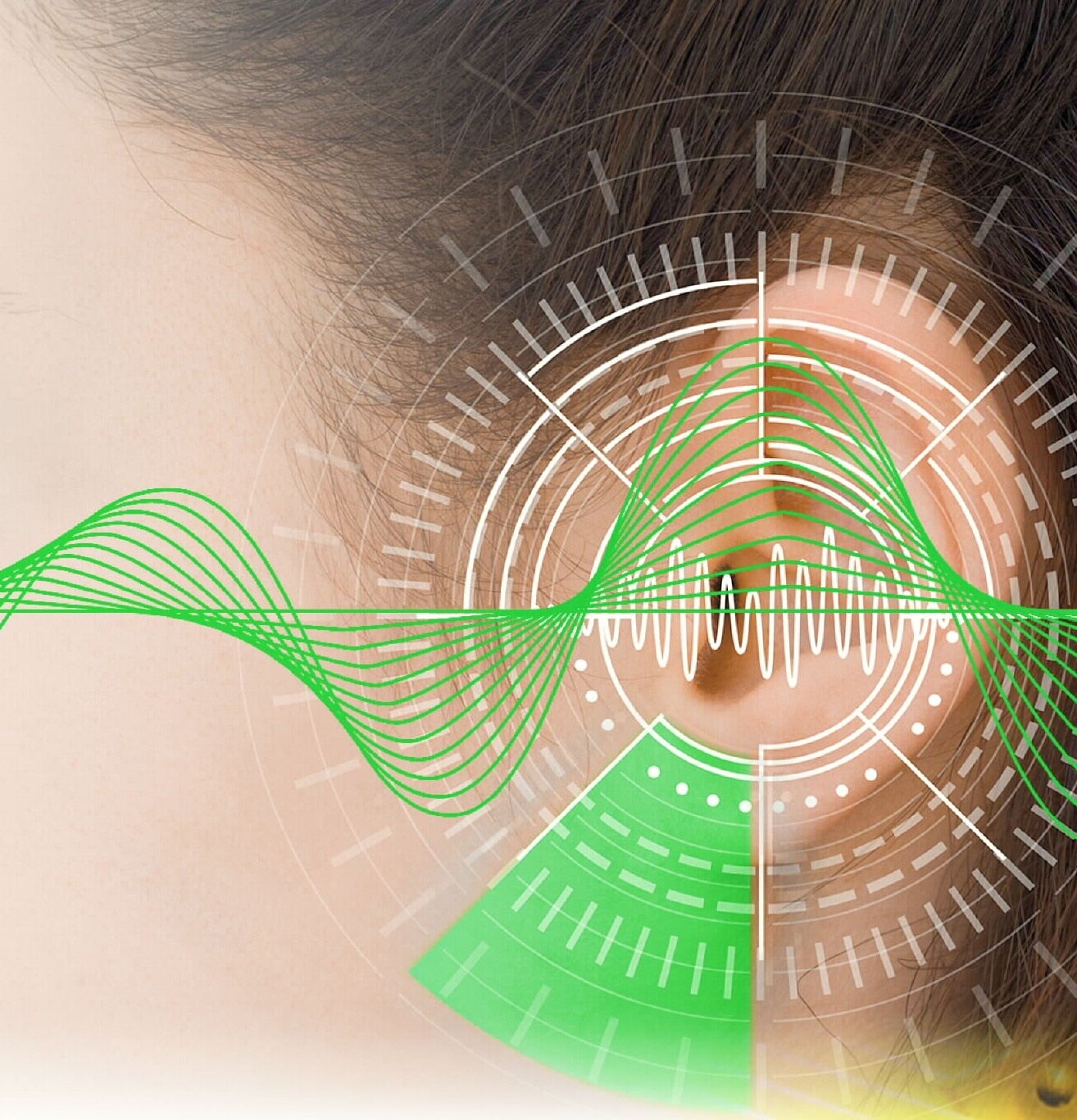方案
By Technology
公司介绍
一月 25, 2022
Share:

If you remember the hearing aids that many people wore a decade or so ago, they were large and obtrusive, and the user was constantly fiddling with them, changing batteries, and complaining that they still could not hear what was said.
In a relatively short time, advances in technology have moved these devices from being a source of frustration to become advanced audio devices that connect within a modern IoT-based ecosystem, thereby providing a whole host of benefits to the user—as well as excellent audio performance.

The first evolutionary step was the implementation of frequency-based non-linear amplification, where each frequency band is amplified based upon the level of energy contained within the band. As a result, loud noises are attenuated and quieter ones are amplified, which significantly enhance the experience of hearing aid users.
This advance was driven mainly by the advent of digital signal processing (DSP) that gave hearing aids the granularity to apply customized amplification to different frequencies, allowing them to be tuned and optimized for the user, especially as their hearing degraded over time. With DSP, the audio signal could be manipulated in entirely new ways using highly selective digital filters that isolate frequencies—and therefore the type of sounds to be processed.
The intelligence of hearing aids also grew due to DSP, allowing them to adapt to their environment. For example, hearing aids could deduce that the wearer was in a noisy environment such as a crowd, a moving vehicle, or a large public space. The hearing aid would reconfigure to the audio environment based upon algorithms that controlled and adapted the digital filters in real-time, thereby delivering the best possible audio experience in all scenarios.
Wireless communication, such as the personal area networking delivered by Bluetooth® Low Energy connectivity, also positively impacted hearing aid technology. Modern, connected hearing aids can be controlled by smartphone apps and can be used for phone/video calls or to listen to any other forms of audio from a smartphone, tablet, or any other Bluetooth LE-capable device, including voice assistants.
Technologies such as artificial intelligence (AI) and machine learning are beginning to find their way into hearing aids, further extending their functionality and capability. Many believe that this technology will have a more significant impact than anything before.
Looking to the future, the human ear offers a considerable number of sensing opportunities. Soon, many hearing aids will include sensors for medical purposes such as heart rate monitoring, blood oxygenation, glucose metering, and fall detection. Additionally, the same sensors could be used for consumer-oriented health features, including step-counting.
As hearing aids provide more value-add features such as streaming audio from personal devices, the differentiation between them and the emerging product group referred to as hearables (over-the-counter hearing aids, earbuds, etc.) is becoming increasingly thin.
Hearable technology opens up many potential revenue streams, including live translation, dictation, and navigation services. In fact, anything that can be delivered audibly through a Bluetooth LE connection could be provided (for a subscription fee) through a hearable solution—including a modern hearing aid.
Technology is driving advances
Modern hearing aids would not exist without the enormous strides in semiconductor manufacturing technology over recent decades and other significant advances such as DSP and Bluetooth LE technology.
Tracking processor evolution over time is generally based on the number of integrated transistors. The first personal computer (PC) processors had tens of thousands of transistors built using semiconductor processes with feature sizes in the multiple micron-meter range. Today, these processors have tens of billions of transistors built on technology nodes that are thousands of times smaller.
This level of integration benefits more than the PC industry—the entire semiconductor industry has access to this ever-evolving technology, allowing manufacturers in all vertical markets to make massive strides forward.
Specifically, the hearing aid market has benefited from multi-core parallel processing architectures that exponentially increase processing power, minimize clock cycles, and dramatically reduce power consumption. Such cores can process highly sophisticated algorithms, including AI.

Ezairo 8300 System Block Diagram
Many modern audio products will benefit from the latest device in the EZAIRO® family of DSP-based audio processor solutions from onsemi. Designed and developed specifically for hearing aids and hearables, the Ezairo 8300 features six processing cores, each optimized for performance in this application area. This includes three DSP cores, a microcontroller, and two hardware accelerators, one of which is a neural network accelerator designed to execute AI and machine learning features in an energy-efficient way and without the need for additional processor capabilities.
Learn more about the Ezairo 8300 advanced audio processor.